Essential Strategies Beyond the Grades: the Key Points on How to Take a Test and a Quiz
My student’s score jumped two grades! I was ecstatic because we had been building up to this point for the past few months.
Students score after a few months of tutoring.
Have you ever noticed that schools don’t really teach kids HOW to take a test anymore? It's not just about studying the material; there’s so much more that goes into it. And let’s be honest, the words “TEST” and “QUIZ” can trigger mental, emotional, and physical fatigue. Just seeing that piece of paper on your desk can make you freeze like a deer in the headlights.
Imagine the frustration a student feels looking at questions they don’t even recognize, even though they studied hard from the guide. It’s like a volcano of emotions bubbling up inside them. What’s worse is that even with accommodations like retaking tests, extended test times, or bringing in study guides, students are still failing.
It's clear that something is missing in the U.S. educational system. Let’s take a quick look at the statistics: According to the latest Program for International Student Assessment (PISA) results, the U.S. ranks 25th in mathematics, 5th in reading literacy, and 9th in science literacy. These rankings show that while the U.S. performs well in reading, there's significant room for improvement in math and science. The average grade for test takers also reflects this struggle.
So, what are we missing? I’ll tell you—it’s teaching kids how to take a quiz and a test. Let’s dive into some key points that I've learned through experience:
1. Pacing Yourself
Taking a test is a whole mental, emotional, and physical battle. Most Americans have an attention span of 3-5 seconds, so how can a kid focus on a question for 2-5 minutes? It’s all about pacing and not getting tired too early. Athletes use a similar model, and it works. There’s no need to get burnt out: just take your time.
2. Spotting Similar Questions
The structure of tests hasn’t really changed since I was in school. One thing I noticed is that it’s the same question asked differently and with different numbers. Being able to spot these rinse, wash, and repeats is key. Especially when you come across a question later on the test that could help you solve an earlier question you skipped or help you change the answer.
3. Process of Elimination
Tried and true. Cancel out the answers that you know for certain aren’t the ones and then take an estimated guess. It increases your chances of getting the right answer.
4. Do What You Can Now and Come Back Later
Solve the questions you know right away and then go back to solve the others. This way, you can pace yourself and possibly find a question in the test that can help you solve it.
5. Double-Check Your Work
Double, triple check your answers. Even if you think it is right. If x=5x = 5 and you plug it into the equation and the statement is false, then your answer is wrong. If the statement is true, then your answer is right. You can’t do this with every question, but do it where you can.
6. Go In Prepared with Your Study Guide
The fact that some schools allow students to bring in their study guide while taking a test mind boggles me. Those from the ‘90s and early 2000s, who can relate? I wish I had that growing up; I would have decorated that guide like a Girl Scout sash. As long as the child fills out their study guide correctly and understands the questions, then they can easily apply their notes to the test.
And if you are someone looking for a patient and engaging private tutor for core subjects k-9, book a FREE 15 consultation to start.
Test-taking Skills Are a MUST
These are just some of the key points on how to take a test, and I’m afraid it’s not being taught in schools anymore. Easy tools that could break the fear of test and quiz-taking.
If you came across this blog and found any of it helpful, then that’s a great thing. Let's change the way we approach test-taking and give students the tools they need to succeed, beyond just the material they need to study.
And remember, a little patience, understanding, and color goes a long way!
💖🎨⭐
Love, Light, and Art
Your Digital Illustrator ~ LaVana C.
#tutoringonline #onlinetutor #tutoringandart #SPED #ADHD #onthespectrum #digitalartist #illustrator #artistdailylife #studytips #testtips #examtips #quizes


